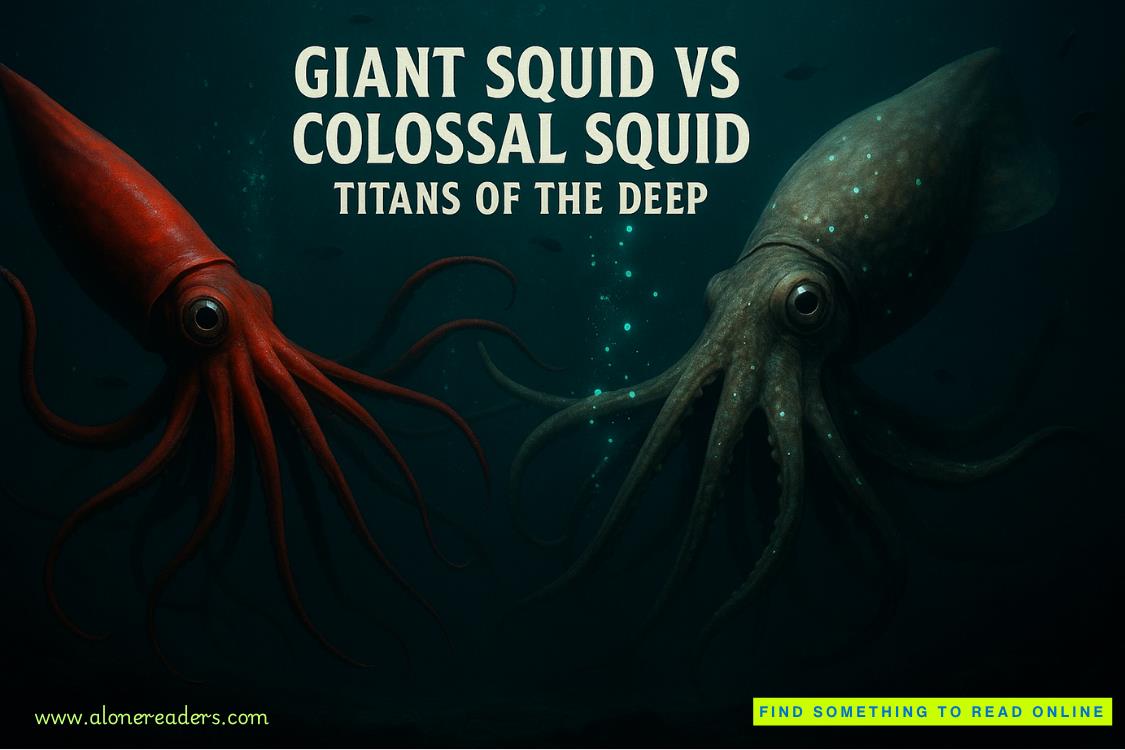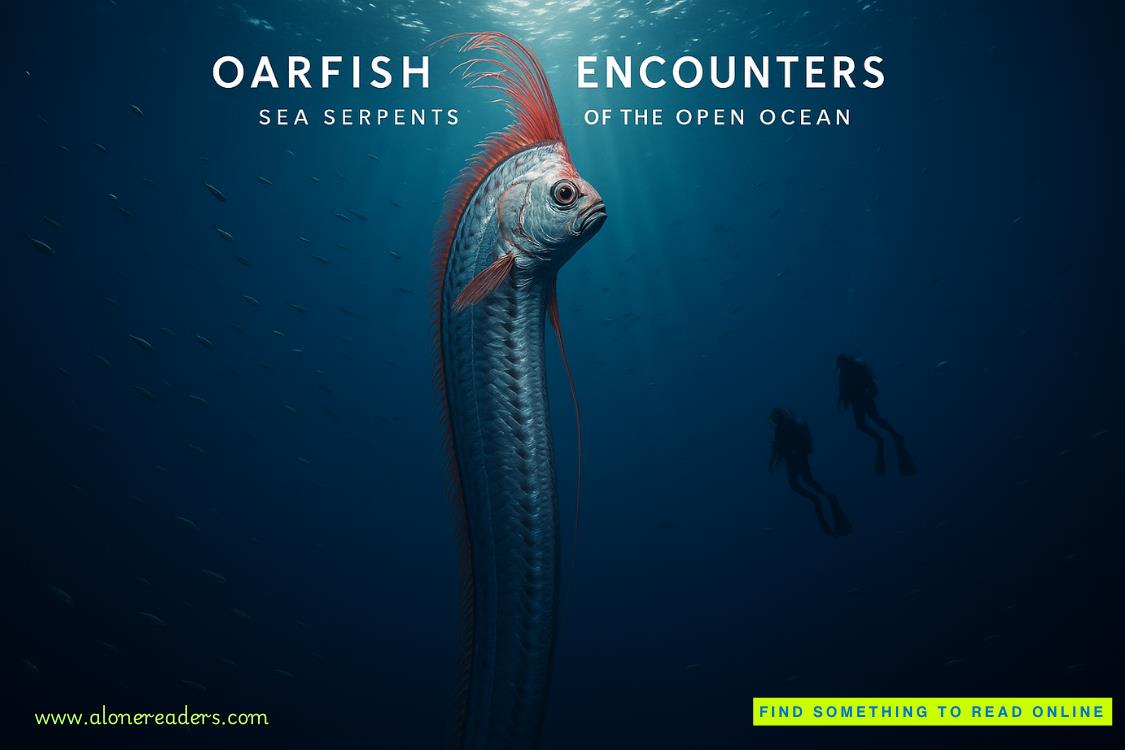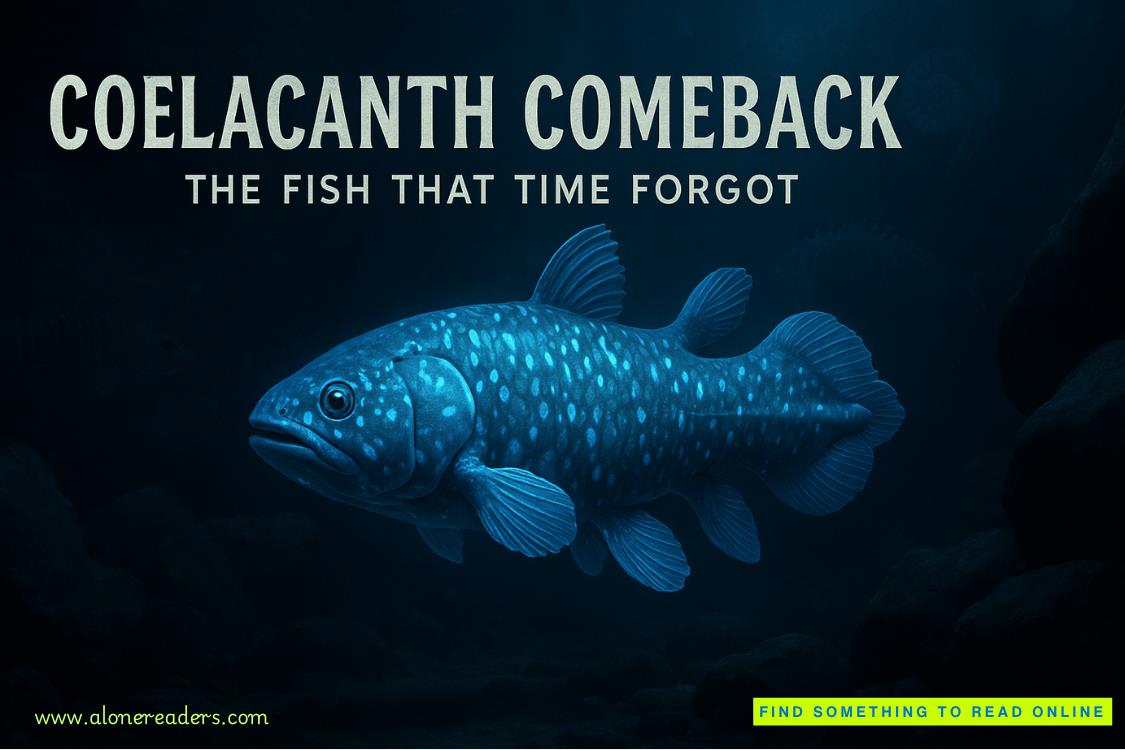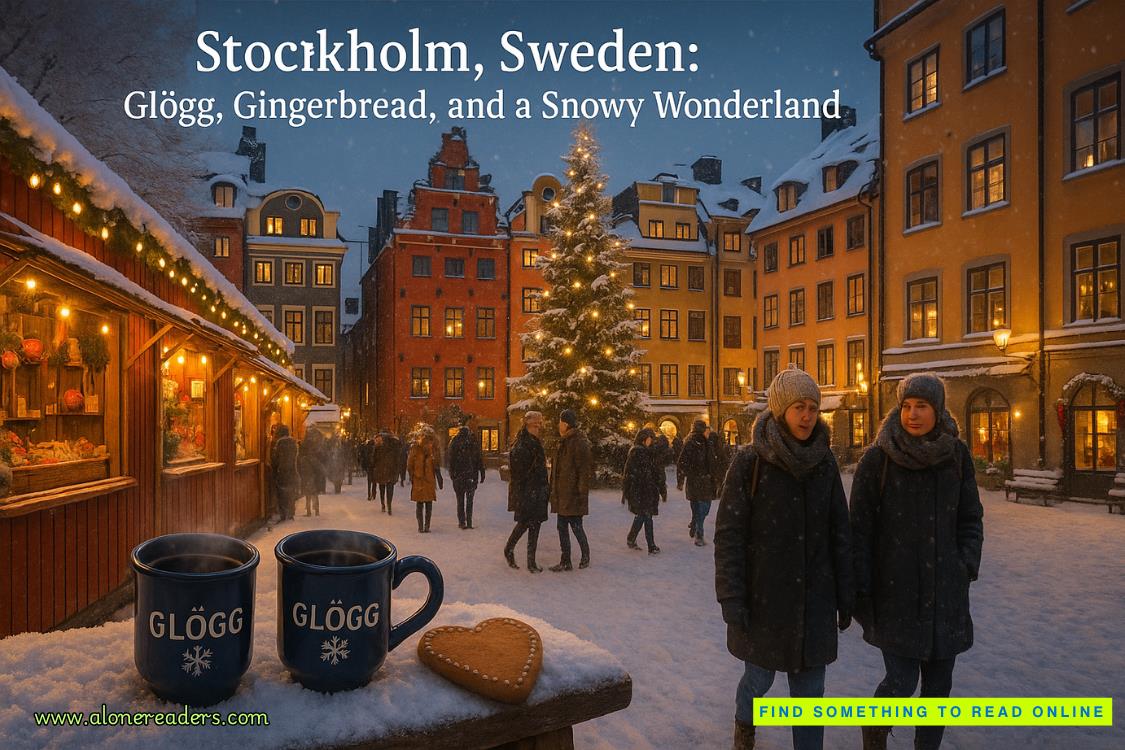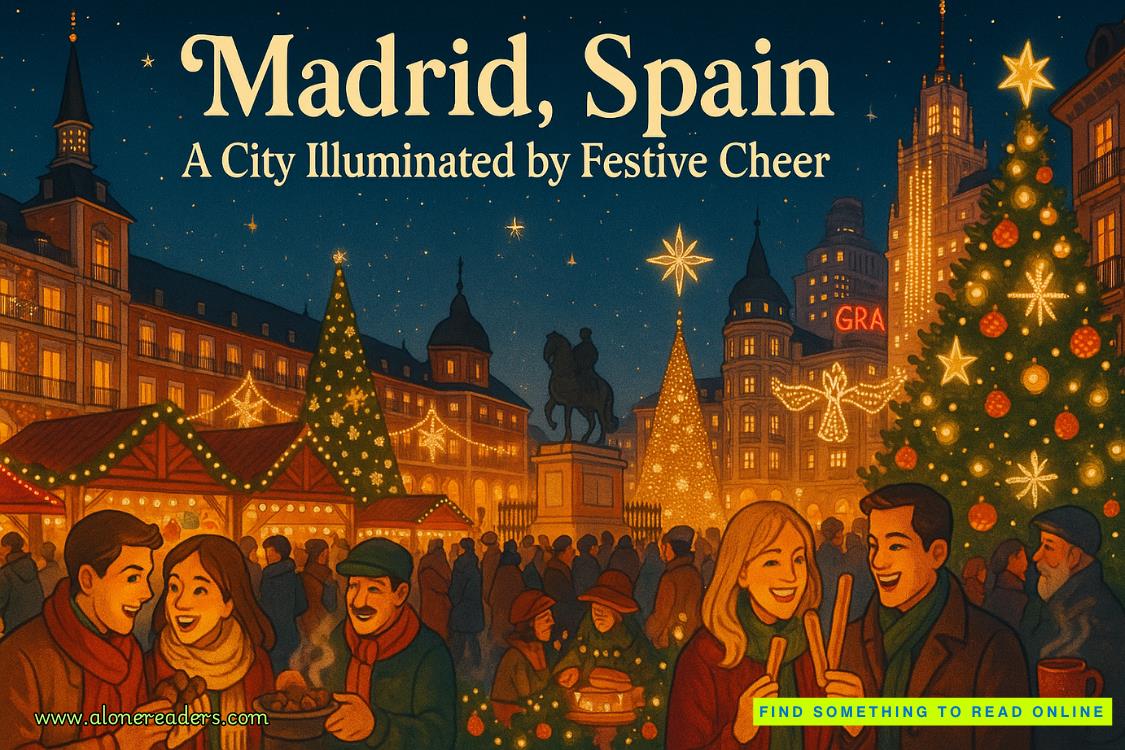Page 16 of A Death in Cornwall
“That’s correct. In all likelihood there are more fake Picassos in existence than real ones.”
“But you undoubtedly can tell the difference.”
“Pablo and I are reasonably well acquainted,” said Gabriel. “And I’ve enjoyed our time together despite the fact he doesn’t think much of my craft.”
“Espionage?”
“Restoration. Picasso disapproved of it. He thought cracking and natural aging gave his paintings a sense of character.” Gabriel paused, then added, “But I digress.”
It was an invitation for Peel to get to the point. The young detective responded by indicating the moisture ring next to the book. “We found a mug of tea when we made entry into the cottage. We assume Professor Blake left it there the afternoon she was murdered.”
“And then, of course, there was the light burning in the kitchen.”
“And the dirty dishes in the sink and on the counter. All of which suggests she was in a bit of a rush when she set out for Land’s End.”
“So stipulated,” said Gabriel. “But where are we going with this?”
“Her office.”
It was in the adjoining room. Entering, Peel switched on the desk lamp. The computer was an iMac with a twenty-seven-inch display, ideal for scrutinizing photographs of paintings or old exhibition records. Gabriel reached down and nudged the mouse. The computer awakened and requested a password for admission.
“Have you cracked it?”
“Not yet.”
“Whyever not?”
“The territorial police forces in Britain no longer have the authority to obtain private data without the consent of a government oversight body connected to the Home Office. We are currently awaiting approval.”
“If you like, I might be able to—”
“Don’t even think about it.”
Gabriel looked down at the books and papers scattered over the desktop. One of the volumes was The Rape of Europa, the indispensable account of Nazi art looting written by Lynn Nicholas. Beneath it was a copy of Charlotte Blake’s Picasso: The War Years. Gabriel lifted the cover of a nearby manila folder. Inside, bound by a metal clasp, was a list of every known work of art stolen by the Germans during the Occupation.
Peel was now peering over Gabriel’s shoulder. “It looks as though Professor Blake might have been conducting research on a painting.”
“That’s hardly surprising, Timothy. After all, that’s what she does.”
“A Picasso, if you ask me,” said Peel, undeterred.
“Why would you assume that?”
“She highlighted every Picasso looted by the Nazis during the war.”
Gabriel thumbed through the thick printout. It appeared to be the case.
“Were all those paintings stolen from Jews?” asked Peel.
“Most of them,” said Gabriel. “They were brought to the Jeu de Paume for sorting and appraisal. Those works the Nazis found desirable were immediately crated and sent by train to Germany.”
“And the rest?”
“The Nazis disposed of thousands of paintings on the French art market, thus giving dealers and collectors an unprecedented opportunity to enlarge their holdings at the expense of their Jewish countrymen.”
“Where are those paintings today?”
“Some have been returned to the heirs of the rightful owners,” said Gabriel. “But many are still circulating through the bloodstream of the art world or hanging on the walls of museums. Which is why a conscientious dealer, collector, or curator might retain the services of a renowned provenance researcher like Charlotte Blake before acquiring a painting with a murky past.”
